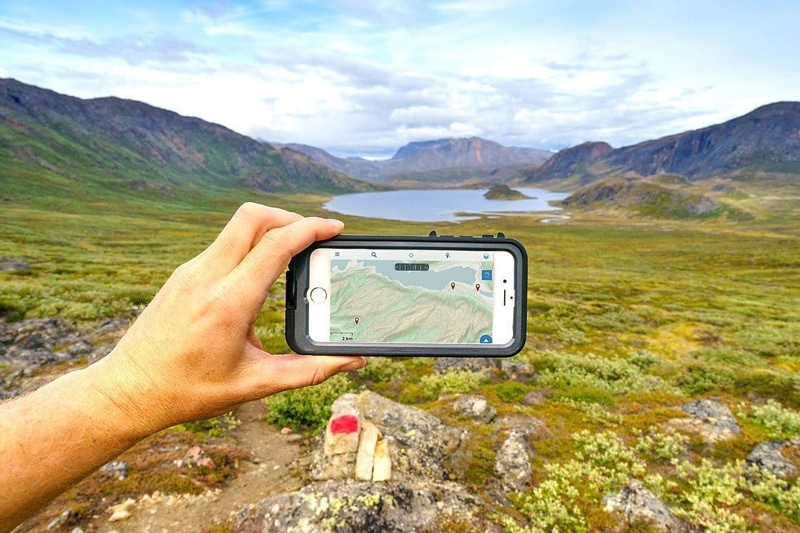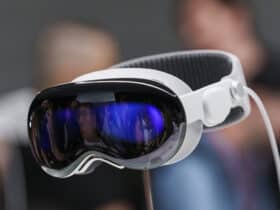Are you an avid hiker who loves exploring the great outdoors? If so, then you know the importance of navigation during your hikes. While traditional methods like maps and compasses have their merits, technology has introduced a new and exciting tool for hikers: GPS. In this article, 52dcab will delve into the world of hiking with GPS and explore how it can enhance your outdoor adventures. So, grab your hiking boots and let’s get started!
Hiking with GPS
Hiking with GPS refers to the use of Global Positioning System (GPS) devices or smartphone apps equipped with GPS capabilities to navigate and track outdoor activities. GPS technology utilizes a network of satellites to determine precise location coordinates, enabling hikers to pinpoint their position accurately.
Benefits of Using GPS for Hiking
Using GPS for hiking offers numerous advantages over traditional navigation methods. Here are some key benefits:
- Enhanced Accuracy: GPS provides precise location information, ensuring you stay on the right track and avoid getting lost.
- Real-Time Navigation: GPS devices offer real-time tracking, allowing you to monitor your progress and make informed decisions.
- Efficient Route Planning: With GPS, you can plan your routes in advance, ensuring you cover the desired trails and points of interest.
- Safety and Security: GPS enables quick and accurate location sharing in case of emergencies, enhancing your safety on the trails.
Choosing the Right GPS Device
When it comes to selecting a GPS device for hiking, several factors come into play. Consider the following aspects:
- Portability: Opt for a lightweight and compact device that won’t weigh you down during your hikes.
- Durability: Choose a rugged and waterproof GPS device that can withstand outdoor elements and challenging conditions.
- Battery Life: Look for a device with a long battery life to ensure it lasts throughout your hiking adventures.
- User-Friendly Interface: Ensure the device has an intuitive interface that is easy to navigate, especially while on the move.
Understanding GPS Features
Before embarking on your hiking journey, familiarize yourself with the various features offered by GPS devices. Here are some key features to know:
4.1 Global Positioning System (GPS)
The core feature of any GPS device is the ability to determine your precise location coordinates using signals from satellites.
4.2 Waypoints and Tracks
Waypoints are specific locations you mark on your GPS device, such as trailheads, landmarks, or campsites. Tracks, on the other hand, are recorded paths that allow you to retrace your steps or follow a specific route.
4.3 Mapping and Navigation
GPS devices often come with preloaded maps or the ability to upload detailed maps. These maps help you navigate your surroundings and find your way to desired destinations.
4.4 Altimeter and Barometer
Some GPS devices feature altimeters and barometers, providing valuable information about altitude and atmospheric pressure. These measurements can assist in determining weather conditions and tracking elevation changes.
4.5 Weather Forecasting
Certain advanced GPS devices offer weather forecasting features, allowing you to stay updated on changing weather conditions during your hike.
4.6 Battery Life and Durability
Consider the battery life and durability of your GPS device, as these factors are crucial for long hikes or multi-day expeditions in remote areas.
Tips for Effective GPS Usage
To make the most out of your hiking experience with GPS, follow these tips:
5.1 Preparing Your GPS Device
Ensure your GPS device is fully charged and updated with the latest software and maps before setting out on your hike.
5.2 Acquiring Satellite Signals
Give your GPS device some time to acquire satellite signals by turning it on and allowing it to establish a connection with the satellites.
5.3 Creating Waypoints and Routes
Utilize the waypoint and route creation functions to mark important locations and plan your route in advance.
5.4 Navigating with GPS
Follow the on-screen directions and use the navigation features of your GPS device to stay on track. Be mindful of any recalculations or route deviations that may occur.
Safety Considerations for Hikers
While GPS devices are valuable tools, it’s essential to prioritize safety while hiking. Here are some safety considerations:
6.1 Backup Navigation Methods
Always carry a physical map and compass as backup, as GPS devices can malfunction or run out of battery unexpectedly.
6.2 Battery Management
Manage your GPS device’s battery life wisely by reducing screen brightness, using power-saving modes, or carrying spare batteries.
6.3 Adapting to Changing Conditions
Stay alert and adapt to changing weather and trail conditions. GPS devices are not substitutes for common sense and situational awareness.
6.4 Sharing Your Itinerary
Inform a trusted person about your hiking plans, including your intended route and estimated time of return. This way, someone will be aware of your whereabouts in case of any emergencies.
Exploring GPS Apps and Online Tools
In addition to dedicated GPS devices, smartphone apps and online tools can also enhance your hiking experience. Consider the following options:
7.1 Popular GPS Apps
There are numerous GPS apps available for smartphones, such as Gaia GPS, AllTrails, and ViewRanger. These apps provide navigation, mapping, and tracking functionalities right at your fingertips.
7.2 Online Mapping and Route Planning Tools
Websites like CalTopo and Google Earth offer interactive mapping tools that allow you to plan routes, measure distances, and explore terrain from the comfort of your home.
7.3 Community and Social Features
Some GPS apps and online platforms provide community and social features where hikers can share their experiences, discover new trails, and connect with fellow outdoor enthusiasts.
GPS Etiquette: Leave No Trace
When using GPS devices or smartphone apps while hiking, it’s essential to follow the principles of Leave No Trace. Respect the environment and fellow hikers by minimizing your impact on the trails and preserving the natural beauty for future generations.
Conclusion
Hiking with GPS opens up a world of possibilities for outdoor enthusiasts. With enhanced accuracy, real-time navigation, and efficient route planning, GPS devices and apps revolutionize the way we explore the great outdoors. However, it’s crucial to prioritize safety, carry backup navigation tools, and respect the environment while enjoying the benefits of GPS technology.
Frequently Asked Questions (FAQs)
1.Q: Can I use my smartphone as a GPS device for hiking?
A: Yes, many smartphones have built-in GPS capabilities and offer dedicated hiking apps for navigation.
2.Q: How accurate are GPS devices for hiking?
A: GPS devices can provide accuracy within a few meters, depending on the signal strength and surrounding conditions.
3.Q: Can GPS devices work in remote areas with no cellular coverage?
A: Yes, GPS devices function independently of cellular coverage as they rely on satellite signals.
4.Q: Are GPS devices difficult to learn and use?
A: Most GPS devices have user-friendly interfaces and intuitive controls, making them easy to learn and operate.
5.Q: Are there any subscription fees associated with GPS apps or online tools?
A: Some GPS apps and online tools may offer additional features or premium subscriptions for advanced functionalities, but basic navigation and tracking are often available for free.







